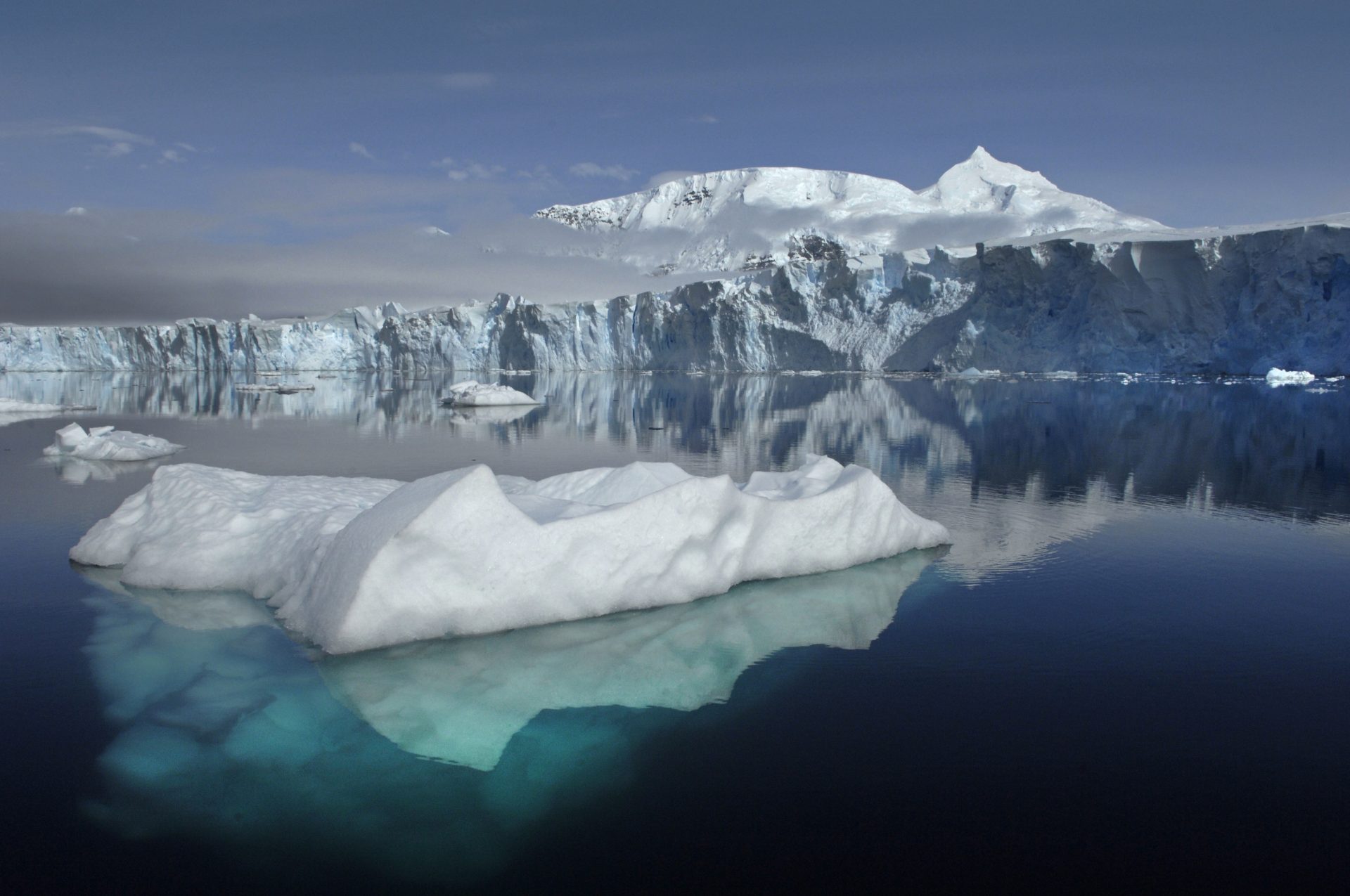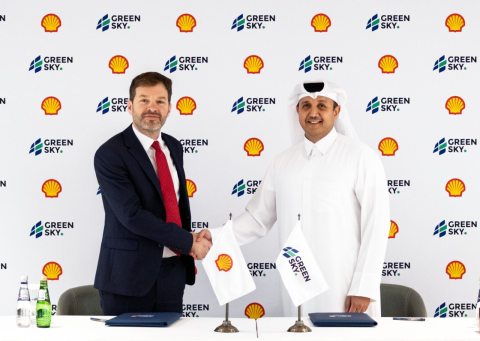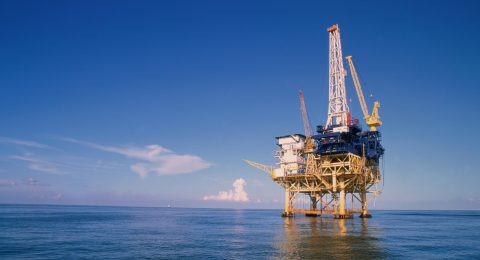Oil and gas giant Shell is expected to begin drilling for oil in the Arctic within the next two weeks.
Thirty ships left Dutch Harbor in Alaska on Thursday for the Arctic to support two initial exploratory wells.
The company has already committed about $7bn (£4.5bn) to the controversial project, and is confident it will find huge quantities of oil in the region.
But if the initial wells do not find oil, Shell will contemplate walking away from the region entirely.
The US Department of the Interior gave the green light to Shell to commence Arctic oil exploration in May this year, and the Anglo-Dutch group clearly believes it will get the remaining necessary permits in the next week or two.
The initial two wells will be in relatively shallow water of about 40 to 50m deep, off the coast of Alaska, and they will use conventional drilling techniques. The company should know whether these wells find sufficient quantities of oil to justify further exploration by the end of 2016.
By this time, it will have spent another $1.4bn on the project.
Rising demand
Experts believe that more than 20% of the world’s undiscovered oil and gas resources can be found in the Arctic.
Environmentalists argue vehemently that the oil should be left well alone, as the risks of damaging this pristine environment are too great.
Shell believes that despite the environmental risks, oil can be extracted safely – oil that it argues will be needed to meet burgeoning demand for energy across the world over the coming decades.
Given the recent slump in the price of oil, which has fallen by almost half in the last year to $65 a barrel, many believe Arctic oil exploration is no longer economically viable. Some experts say the break-even point for Arctic oil is closer to $100.
However, Shell believes that longer term, Arctic oil will be competitive. It is unlikely that the company will be producing commercial quantities of oil before 2030, if all goes to plan.
Shell originally found natural gas in the Arctic in 1989, and it is now going back to find oil.
It had hoped to start looking much earlier, but suspended its plans for the region two years ago after a rig ran aground in Alaska.
Source: BBC












